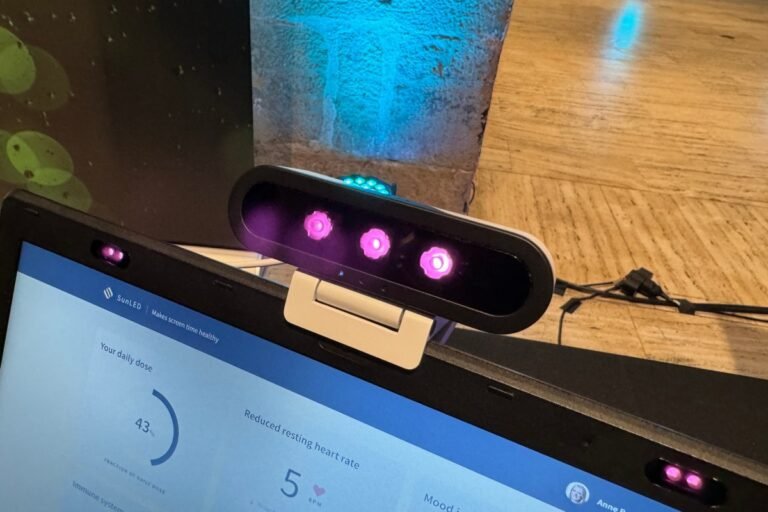As people spend more and more time indoors, we are losing access to the sun’s natural benefits. Recognition of affective disorder has grown accordingly. While the actual incidence of the condition is low (about 5% – or about 10 million Americans), it has led to a growing awareness of the sun’s effect on serotonin production in the brain – and its subsequent effect on the human body.
As a result, phototherapy lamps have become increasingly popular. I bought one a while ago. It’s big, bulky and emits a bright light like a tanning lamp. These products are based on the visible light spectrum in an attempt to mimic the effect of the sun for those of us who spend more of our waking hours in front of a computer than we care to mention.
More recently, the use of the “near infrared” (NIR) portion of the light spectrum has grown in popularity as a potential alternative to visible light. As the name suggests, the part lies between infrared and visible light, at about 600 and 1000 nanometers. According to the National Institutes of Health, “low-level light therapy in the far-red (FR) to near-infrared (NIR) spectrum, collectively called photobiomodification (PBM), has gained worldwide attention in recent years as a new tool for experimental therapeutic applications in a variety of medical conditions’.
This weekend at MWC, a Dutch company (makes sense, given the lack of sunlight during Dutch winters) called Seaborough showed off small devices designed to replace large SAD bulbs. One sits next to the computer and the other clips over the screen, much like an external webcam. Plug both into the USB port for power.
Unfortunately, the devices are proof of concept. The company told me it is currently seeking partnerships to license the technology. I shot the main image with an iPhone, which can capture NIR, which is why you see this purplish-reddish glow. You can also see the glow coming from the surrounding rings. Ideally, Seaborough would eventually like to build it into the laptops themselves, though third-party accessories seem much more likely. Why not integrate it into a real webcam?
As someone who has struggled a bit with depression in recent years, I’d definitely be willing to check it out. These things are really hard to review anecdotally, of course, as you have to account for a potential placebo effect. I will say, however, that there has been some research done on the subject. Take this, from a paper published over a decade ago, “Results showed that PBM treatment at only 6.5 J·cm−2 has consistent positive benefits for well-being and health, specifically improving mood, reducing sleepiness, reducing IFN-γ and resting heart rates’.
The research notes that the impact was only seen in the winter months. It also had no significant effect on the participants’ circadian rhythm. That said, it’s probably still safe to suggest that the jury is still out on a lot of these things.
